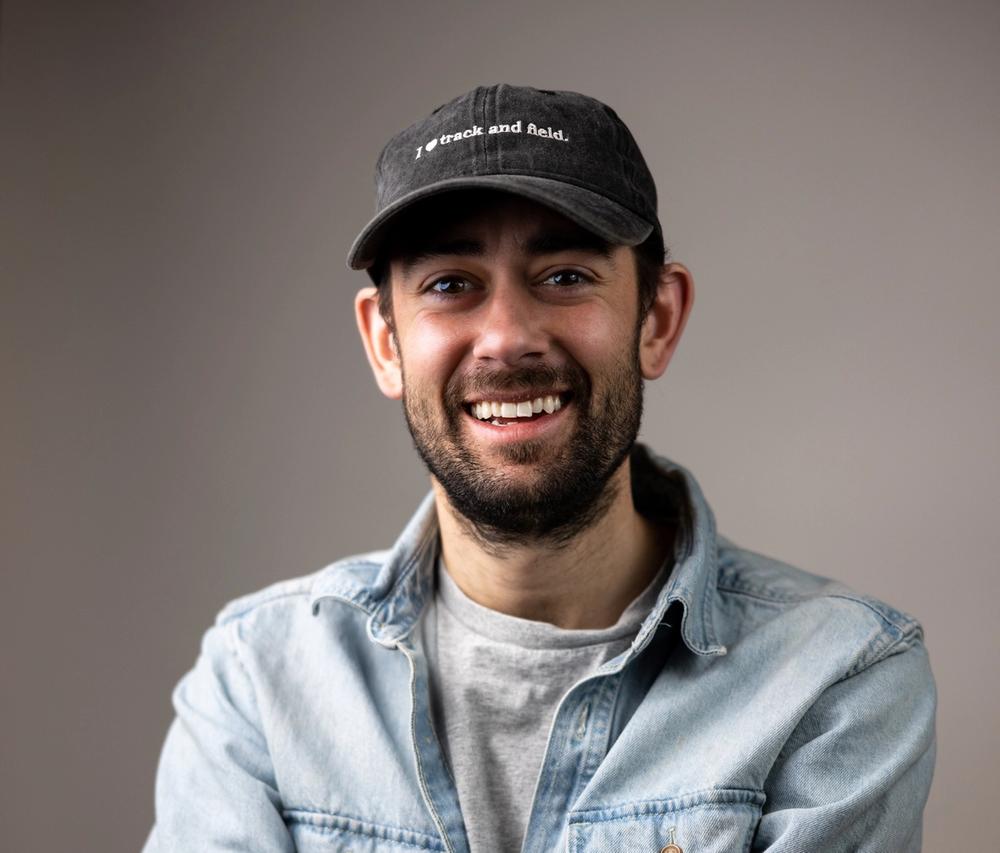By Kyle Merber
June 29, 2022
I’ve spent a good amount of time in mixed zones throughout my life, but never on this side of the fence. It’s a struggle to define whatever (looks around the room) “this” is, because I don’t consider myself a journalist, although occasionally I do write some things that border on journalism. I’m openly a fan of the sport, which I am sure goes against some made-up rule somewhere, and a lot of the people I am covering are personal friends. I am okay with The Lap Count being athlete-centric and my goal is to use this platform to build them up, not tear them down.
So admittedly, one part of the job that I really struggled with is talking with athletes who didn’t make the team and were devastated about it. When Clayton Murphy walked through, I felt his pain and completely froze when I had the opportunity to ask him a question about the race. I’ve felt that exact heartbreak before and I know although he was completely willing to talk about what had transpired just two minutes before, he was clearly still digesting it and probably wanted to go find his family for comfort.
I see the hate that athletes like Sha’Carri Richardson and Cole Hocker got for not talking to the media. And I understand the frustration from fans who want to know what happened. “But if we want to be considered a professional sport then the athletes should have to answer questions.” This isn’t pro basketball or football where there are overarching, powerful, monied leagues with that power — the athletes don’t have to say a word. And they also don’t have the time or space to process their results, let alone take a shower and change out of their uniforms, before being thrust in front of cameras — they have to walk through the media tent before even getting their trainers back on.
When Sha’Carri returned to the mixed zone to address the media, she made some strong points.
Extending some empathy to athletes can actually make for better interviews as they feel comfortable and like a peer, rather than someone to extract soundbites from. And these points resonate even further when you consider that in a sport largely dominated by Black superstars, there hasn’t historically been a very diverse media pool covering them. Thankfully, that’s all seemingly beginning to change.
A lot of the awesome, younger reporters I got to spend time with this past weekend put their own spin on the traditional interview, and it led to some truly memorable, insightful, and entertaining conversations. Jasmine Todd and Katelyn Hutchison were able to get a great post-race interview with Sha’Carri because she trusted their intentions and that they would share her voice fairly. Similarly, Emma Coburn told me after her incredible interview that it was easier to be vulnerable when it’s a friend asking the questions and not a stranger.
If we want to attract new, young fans to the sport, then we also have to cater to what they like to watch. The old-school, purportedly objective press asking “tough questions” is a necessary facet of coverage, but so are the disarming TikToks that show that the athletes we often regard as robots on the track are also fun people worth cheering for off of it.
The Lap Count is a weekly newsletter delivered on Wednesday mornings that recap all the fun action from the world of track & field. It’s a great way to keep your finger on the pulse of the sport. There is a lot happening and this newsletter is a great way to stay up to date with all the fun. Subscribe today.

Kyle Merber
After hanging up his spikes – but never his running shoes – Kyle pivoted to the media side of things, where he shares his enthusiasm, insights, and experiences with subscribers of The Lap Count newsletter, as well as viewers of CITIUS MAG live shows.